When delving into the logistics of freight transport, one critical aspect that permeates discussions among manufacturers, fleet operators, and logistics managers is the semi-trailer’s interior dimensions. Inside dimensions are not merely numbers; they represent the very essence of what can be transported, how cargo interacts with vehicle specifications, and compliance with various regulations. This article will dissect the aspects surrounding the inside dimensions of semi-trailers, exploring the intricacies that accompany various types, configurations, and their implications for the transportation industry.
Standard Dimensions of Semi-Trailers
General Overview
The dimensions of a semi-trailer are predominantly governed by regulations and industry standards that can vary across jurisdictions. However, there exists a common understanding regarding the standard dimensions utilized in the industry:
| Type of Trailer | Length | Width | Height |
|---|---|---|---|
| Standard Dry Van | 48-53 feet | 8.5 feet | 13.5 feet |
| Flatbed Trailers | 48-53 feet | 8.5 feet | 4-6 feet (bed) |
| Refrigerated Trailers | 48-53 feet | 8.5 feet | 13.5 feet |
| Step Deck Trailers | 48-53 feet | 8.5 feet | 10-11 feet |
| Lowboy Trailers | 35-53 feet | 8.5 feet | 10-12 feet |
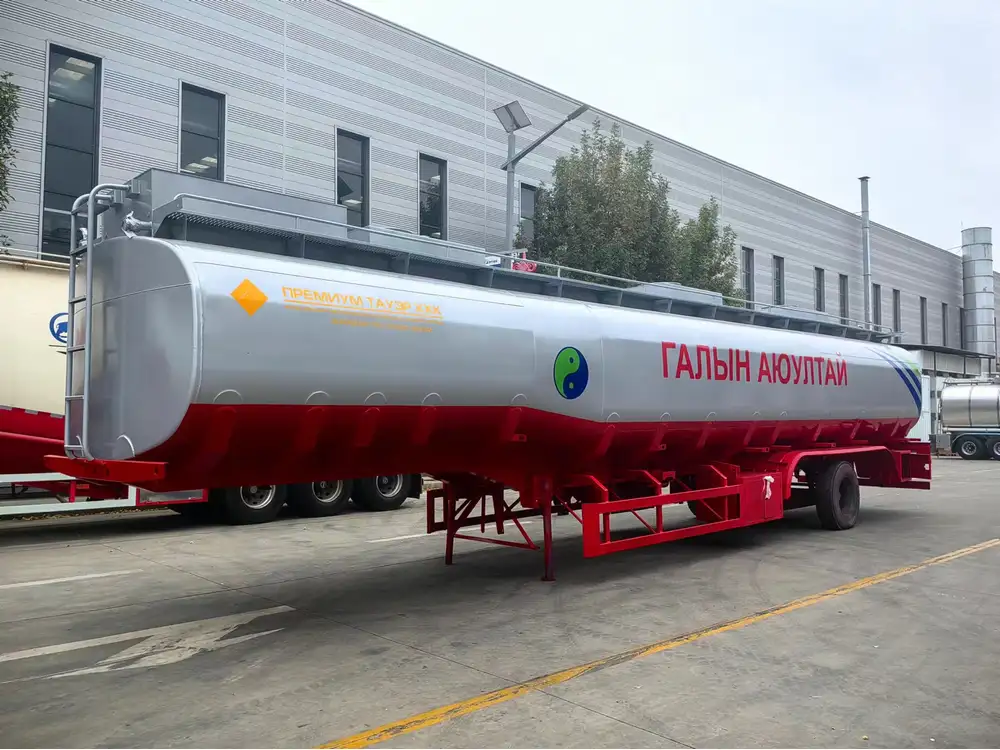
Dimensions In Detail: The Dry Van Semi-Trailer
The dry van trailer is among the most commonly used types of semi-trailers. Typically, manufacturers produce them in lengths of 48 or 53 feet, with a consistent width of 8.5 feet. The height of the loading space, commonly pegged at 13.5 feet, allows for significant cargo capacity, making it well-suited for a variety of freight types.
The internal dimensions of a typical 53-foot dry van can be described in the following manner:
- Internal Length: Approximately 52.6 feet (allowing room for the trailer’s structure and insulation)
- Internal Width: Approximately 7.8 feet
- Internal Height: Approximately 110 inches (about 9.2 feet)
Refrigerated Trailers: Insights into Temperature-Controlled Shipping
Refrigerated trailers (or reefer trailers) serve a pivotal role in preserving perishable goods like food and pharmaceuticals. These units often mirror the dimensions of dry vans but with specialized insulation and a refrigeration unit. Understanding their internal dimensions is essential for efficiently packing and transporting temperature-sensitive products.
- Internal Length: Roughly 52 feet 6 inches
- Internal Width: Approximately 7.6 feet
- Internal Height: Height may vary slightly but generally stays around 9.2 feet.
Factors Influencing Semi-Trailer Dimensions

1. Type of Goods Transported
The nature of the cargo often dictates the required dimensions. For instance, bulky items may necessitate open deck flatbeds, while delicate electronics or perishables would demand fully enclosed and temperature-regulated environments.
2. Compliance and Regulations
The Federal Motor Carrier Safety Administration (FMCSA) and various state regulations impose strict parameters concerning trailer dimensions to ensure safety on roadways. Understanding these laws is critical for manufacturers and logistics professionals to avoid penalties and ensure compliance.
3. Configuration and Design
The design of the trailer can also heavily influence dimensions. For instance, double-drop trailers can carry taller loads while maintaining compliance with road height restrictions. This configuration typically features two lower decks.

Optimizing Space: How to Utilize Internal Dimensions Effectively
Understanding the internal dimensions is one aspect; knowing how to utilize that space effectively is another. For transportation managers and logistics professionals, maximizing payload can significantly impact profitability. Here are strategies to consider:
Load Distribution
Distributing freight evenly across the trailer helps maintain safe handling and prolongs the life of the vehicle. Uneven loads can lead to structural strain and increased susceptibility to wear.
Vertical Stacking
For certain cargo types, vertical stacking can be an efficient way to utilize height. However, consideration for weight limits and securing the cargo properly is paramount.
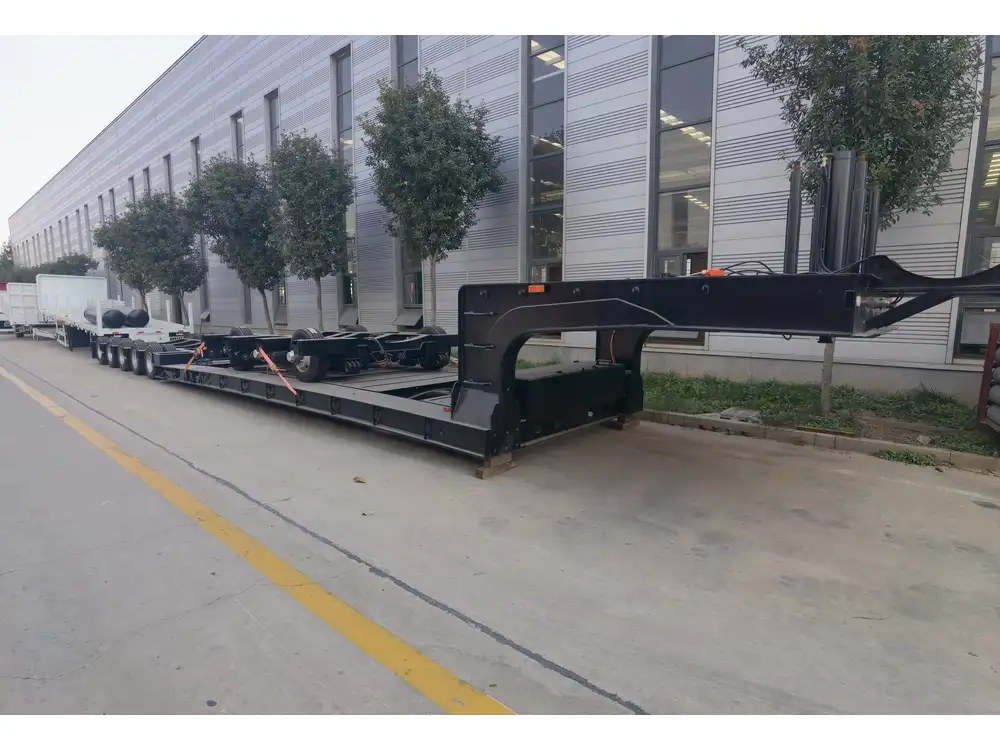
Utilizing Bulkheads
Bulkheads can create sections within the trailer, allowing for more organized loading. This is particularly useful when transporting multiple types of goods in a single trip.
Common Questions about Semi-Trailer Dimensions
What Is the Maximum Legal Length of a Semi-Trailer?
In the United States, the maximum legal length for a semi-trailer is generally 53 feet, although exceptions exist that allow for longer configurations, particularly with freight reimbursement agreements.
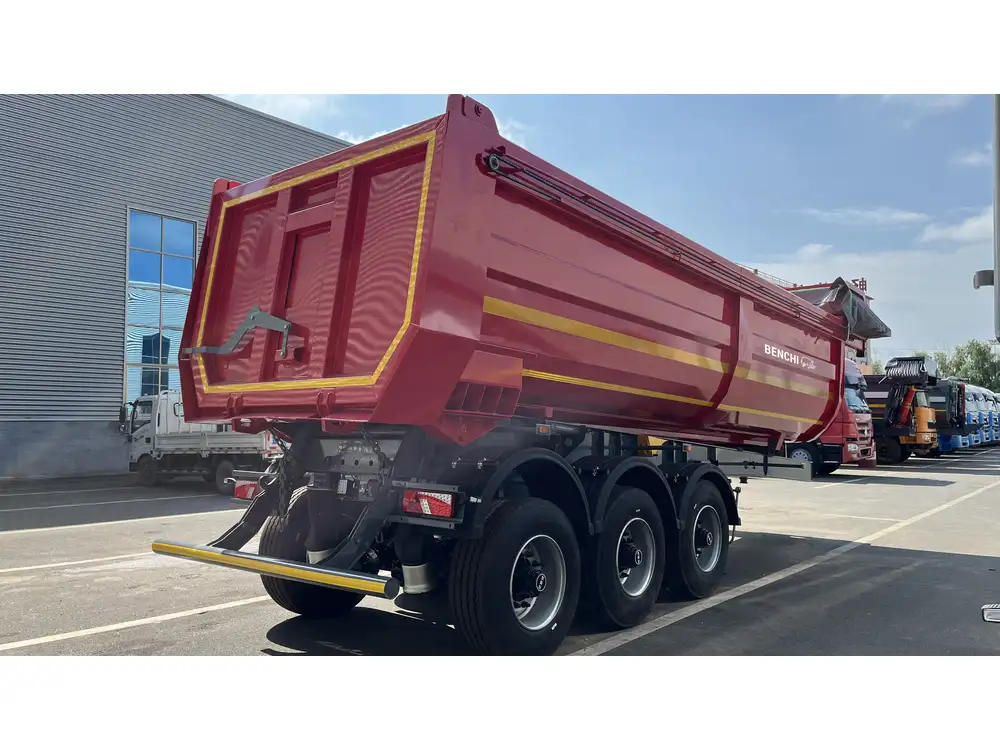
How Much Weight Can a Semi-Trailer Carry?
The total weight permitted (Gross Vehicle Weight Rating, or GVWR) can range from 80,000 pounds for a standard 5-axle semi-trailer combination, contingent upon federal regulations.
Are There Different Widths for Different Trailers?
Yes, while the standard width for most semi-trailers is 8.5 feet, specialized trailers may have narrower widths, such as those designed for specific freight or commodities.
Future Trends and Innovations in Semi-Trailer Design
As the industry constantly evolves, new trends emerge that significantly affect semi-trailer dimensions and designs. These trends are primarily driven by advancements in technology, regulatory changes, and the growing demand for efficient logistics.
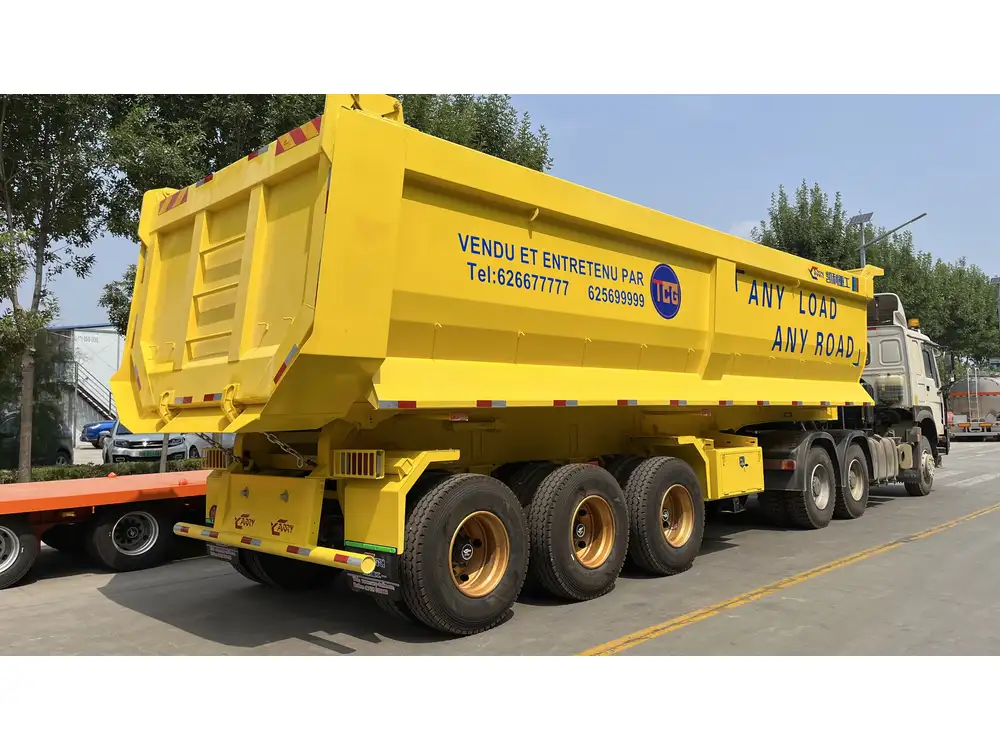
Smart Trailers
The rise of “smart trailers” — which incorporate IoT technology for real-time logistical monitoring — alters usage and can lead to optimizations in design based on real-world data.
Environmental Considerations
As sustainability becomes a focal point in logistics, design changes to accommodate lighter materials with the same structural integrity are being explored, which may lead to re-evaluated interior dimensions that allow for maximum load with lower environmental impact.
Autonomous Trailers
The advent of autonomous trucking technology is also influencing trailer design. Semi-trailers may evolve to accommodate technology crucial for self-driving capabilities, affecting dimensions and configurations.
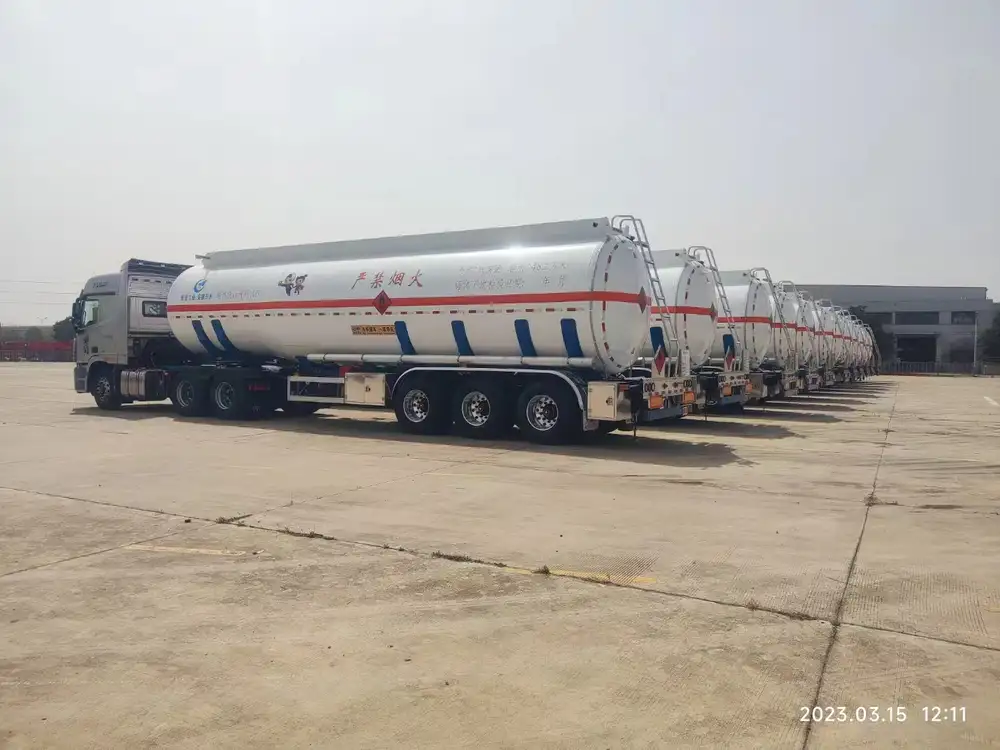
Conclusion: The Importance of Inside Dimensions in Semi-Trailer Management
In sum, understanding the inside dimensions of semi-trailers is not simply an academic exercise. It is a powerful component of efficient logistics management, encompassing aspects of compliance, cargo optimization, and future industry trends. Whether it’s a seasoned operator or a newcomer in the logistics realm, appreciating these dimensions can enhance operational efficiency and support better decision-making.
By systematically analyzing and dissecting the ins and outs of semi-trailer dimensions, operators can ensure they are not just meeting regulatory requirements but are also maximizing their transport capacities for the diverse and ever-evolving freight landscape.



